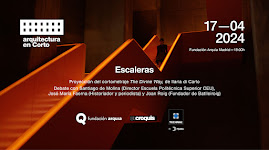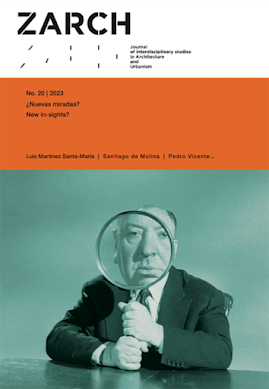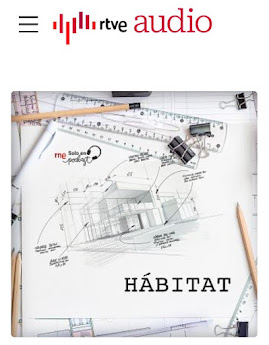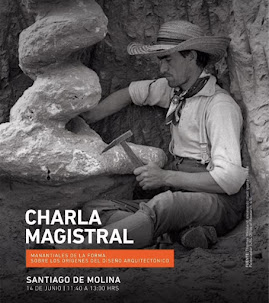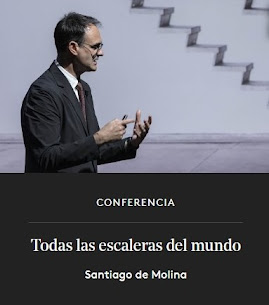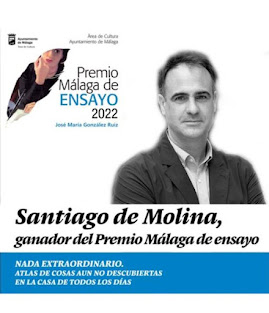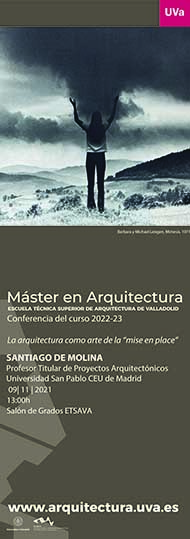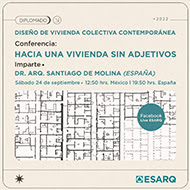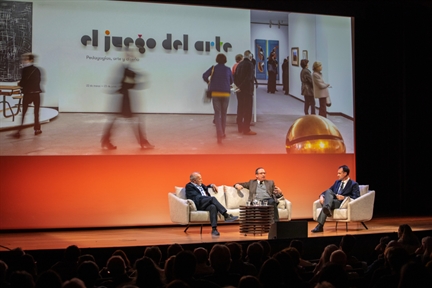Si, como es sabido, el diseñar un cojín es una tarea imposible para un arquitecto enamorado de la pureza de líneas, el capitoné permitió, sin embargo, a Lilly Reich y a Mies Van der Rohe salvar la geometría de los dos rectángulos acolchados que forman, junto a las patas de acero inoxidable, la parte fundamental de la silla Barcelona. El capitoné que mantiene unidas las cuarenta piezas de cuero que componen esos prismas, sigue evitando que esos cojines acaben desvencijados a las primeras de cambio casi un siglo después de su diseño original.
Funcionalmente el capitoné reduce las arrugas y la fricción entre la ropa de los usuarios y el tejido del asiento. Gracias a la sujeción de botones, la tela sufre menos desgaste y evita el estiramiento sucesivo que acaba rasgando todo asiento. A la vez, mantiene el relleno en su sitio salvando al mueble de la aparición de bolsas y bultos indeseables. El hecho de que con el paso de los años un mueble acolchado siga siéndolo es un logro cultural en absoluto despreciable.
Curiosamente, si el uso del capitoné se extiende por una habitación ocupando suelos, paredes y techos, esta es interpretada de inmediato como un cuarto de reclusión. O como un castillo hinchable de juegos infantiles. Quizá porque, como en todo, lo poco agrada y lo mucho cansa. O tal vez porque todo oxímoron llevado al límite se convierta en el puro signo de la locura.
If, as is well known, designing a cushion is an impossible task for an architect enamored with pure lines, capitonné nevertheless allowed Lilly Reich and Mies Van der Rohe to preserve the geometry of the two cushioned rectangles that, together with the stainless steel legs, form the fundamental part of the Barcelona chair. The capitonné that binds together the forty pieces of leather making up these prisms still prevents those cushions from becoming saggy at the drop of a hat almost a century after their original design.
Functionally, capitonné reduces wrinkles and friction between the users’ clothes and the fabric of the seat. Thanks to the button fastening, the fabric suffers less wear and avoids the successive stretching that eventually tears any seat. At the same time, it keeps the filling in place, saving the furniture from the appearance of unsightly lumps and bulges. The fact that, over the years, a cushioned piece of furniture remains as such is a cultural achievement that is anything but negligible.
Curiously, if the use of capitonné extends throughout a room—covering floors, walls, and ceilings—it is immediately interpreted as a padded cell. Or perhaps as an inflatable castle for children's play. Perhaps because, as with everything, a little pleases and too much tires. Or perhaps because any oxymoron taken to the limit becomes the pure sign of madness.


















